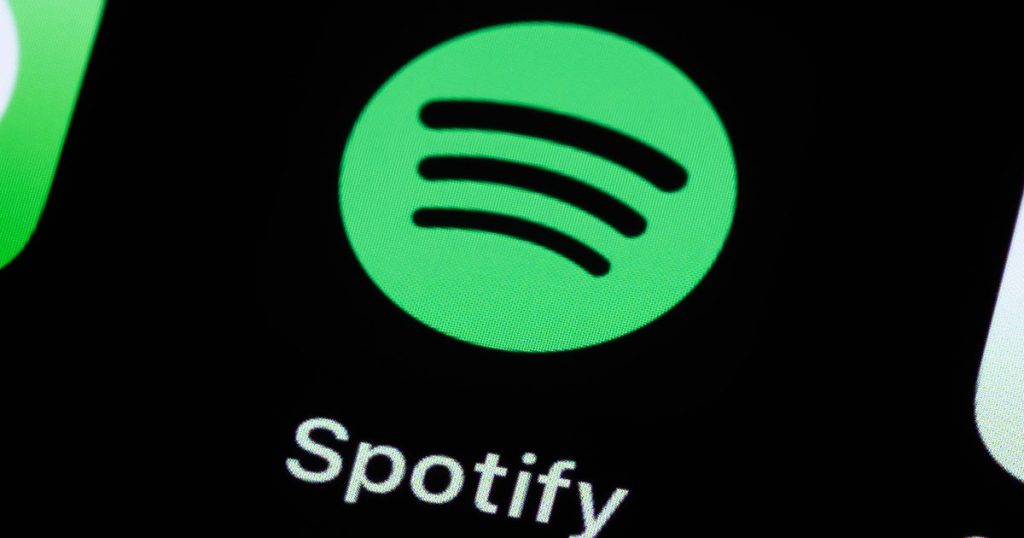On Thursday, a significant technology outage affected numerous platforms, including Amazon Web Services, Google, OpenAI, and Spotify, leaving thousands of users unable to access their services. Reports of the disruption began surfacing around 2 p.m. EST, peaking shortly thereafter. Cloudflare, a major service provider, acknowledged the issue and indicated that it was investigating the matter. By 3:12 p.m., a recovery process was initiated, with affected services slowly coming back online.
| Article Subheadings |
|---|
| 1) Scope of the Outage |
| 2) Impact on Major Service Providers |
| 3) User Experience During the Outage |
| 4) Recovery Efforts |
| 5) Response from Affected Companies |
Scope of the Outage
The recent technology outage that impacted multiple platforms has drawn attention to the interconnected nature of digital services today. It began at roughly 2 p.m. EST on a Thursday, with an alarming increase in reports on Downdetector, a site that allows users to track outages in real time. By 2:30 p.m., the situation reached its peak, with tens of thousands of users facing disruptions across various applications and platforms, including major players such as Amazon Web Services, Google Cloud, and Spotify.
The widespread impact of the outage not only affected individual users but also had implications for businesses relying on these platforms for their operations. The failure of critical services during prime hours raised concerns about dependency on a select few cloud providers, highlighting vulnerabilities in the digital infrastructure.
Impact on Major Service Providers
Notably affected was Google Cloud’s extensive portfolio of services. Beginning around 2:46 p.m., the company began to see a significant rise in reports of service disruptions, with more than 13,000 incidents recorded on Downdetector. The rapid escalation forced Google Cloud to acknowledge the issue publicly, prompting their team to investigate the underlying cause of the disruptions.
According to a spokesperson from Cloudflare, which relies on services from Google Cloud, the disruptions impacted a “limited number of services,” though their core offerings remained unaffected during the incident. This chain reaction underlined the intricate dependencies among major technology providers and the risks associated with such intricacies.
User Experience During the Outage
The user experience varied significantly based on the platform involved. Spotify recorded approximately 46,000 reports from frustrated users by 3 p.m., indicating issues with login, playback, and even their support site. Users turned to social media platforms to vent their frustrations, highlighting a growing dependency on these services for daily entertainment and communication.
Other platforms like Google Meet and Discord also noted disruptions, with widespread reports of connectivity issues that obstructed meetings and gaming sessions. The situation underscored a growing concern as everyday tasks became hindered, showcasing how reliant users have become on these services for both personal and professional engagements.
Recovery Efforts
As the clock struck 3:12 p.m., Cloudflare announced that recovery efforts were underway. The company noted that while some services were beginning to show signs of restoration, users could still expect intermittent errors due to ongoing system adjustments. By 3:30 p.m., Google Cloud provided assurances that most of their services were being restored and expected to return to normal operations within the hour.
Cloudflare’s statement accurately captured the aftermath of the outage, as affected services started to gradually come back online. OpenAI, another major player in the technology space, later confirmed that all impacted services had recovered by 4:26 p.m. It became clear that while the disruption had been significant, the recovery was progressing faster than initially anticipated.
Response from Affected Companies
In the wake of these incidents, companies have been quick to respond. Google Cloud addressed the disruptions through public statements, encouraging users to check their status dashboard for ongoing updates. The communication strategy aligned with industry best practices, as transparency during technical failures aids in building trust among users.
Meanwhile, platforms like Spotify opted for a more restrained approach, with the company declining to provide further comments beyond acknowledging the issues experienced by users. As affected entities monitor the developments, they are likely to incorporate user feedback to enhance their risk management strategies in the future, aiming to mitigate the impact of any similar outages down the line.
Additionally, companies like Ecobee stated their commitment to keeping customers informed about the situation as they continued to monitor the ramifications of the outage.
| No. | Key Points |
|---|---|
| 1 | A major technology outage impacted numerous prominent platforms on Thursday. |
| 2 | Google Cloud was identified as the source of the widespread disruptions. |
| 3 | Spotify had the highest number of user reports, highlighting issues with login and playback. |
| 4 | Recovery efforts began shortly after reports started surfacing, with most services restored quickly. |
| 5 | Affected companies are focusing on transparency in communication to rebuild user trust. |
Summary
The technology outage on Thursday served as a stark reminder of the interconnectedness of digital platforms and the chaos that can ensue when a major service goes down. With a large number of users and businesses affected, the incident sparked discussions about the vulnerabilities within the digital infrastructure that many have come to depend on. As companies rush to repair user trust through effective communication and swift recovery actions, the technology sector must also remain vigilant about potential future outages.
Frequently Asked Questions
Question: What caused the recent technology outage?
The technology outage was primarily linked to issues arising from Google Cloud services, affecting multiple platforms that depend on their infrastructure.
Question: How many users were impacted?
Tens of thousands of users across various platforms, including Spotify and Google Cloud, reported experiencing issues during the outage.
Question: Will there be measures in place to prevent future outages?
While specific measures have not been announced, affected companies are likely to revise their risk management protocols and enhance communication strategies to mitigate future disruptions and improve user experience.


